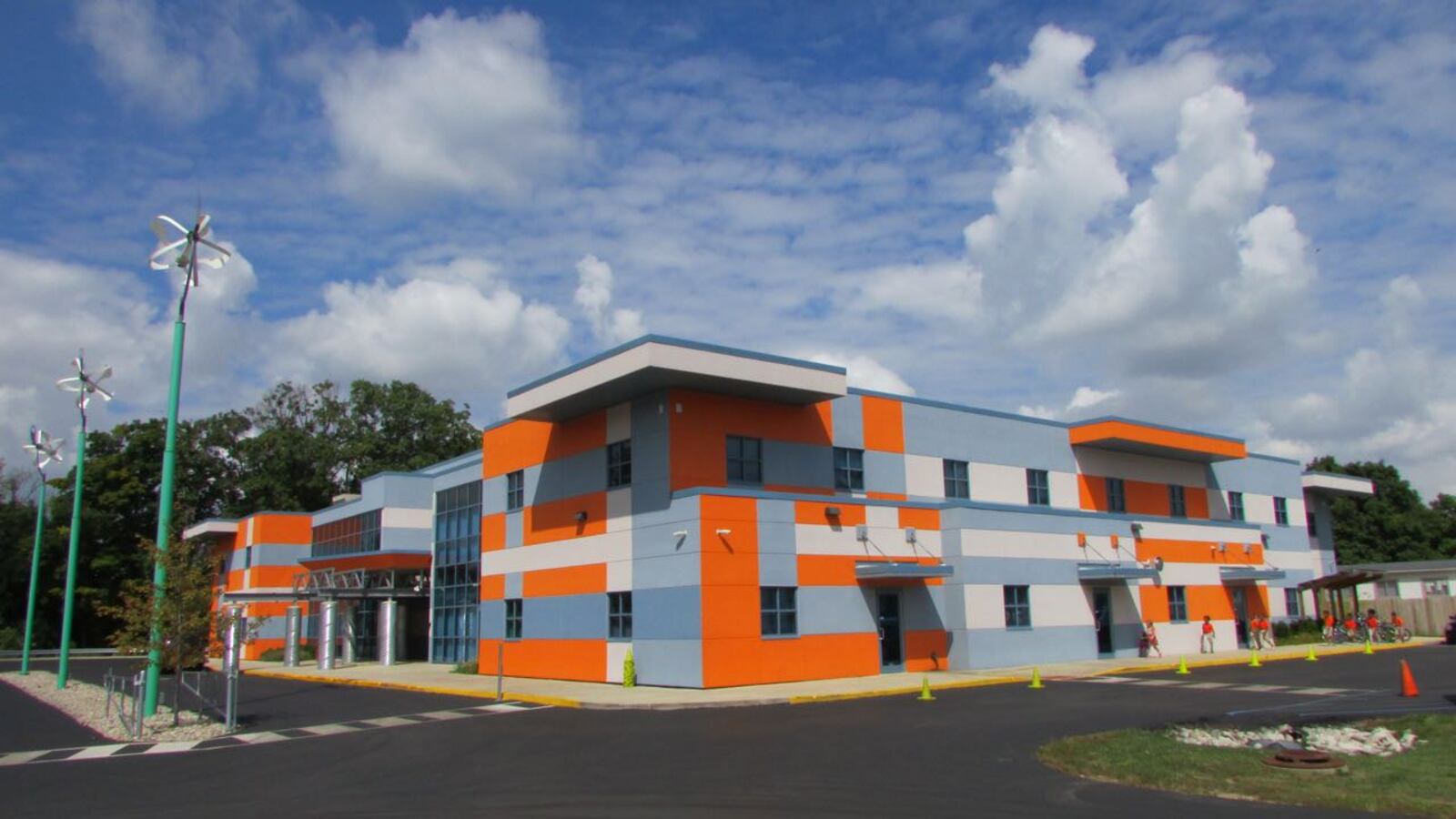Paramount School of Excellence had been open for two years when school leaders came to a realization: their students were lagging behind the state academically — and were not catching up fast enough.
That’s when school leaders decided to take a new approach, focusing their attention on constantly monitoring data on student academic skills, attendance and behavior, said executive director Tommy Reddicks.
“(It’s) a little irresponsible to your parent community if you’re gonna take the slow walk, if you can get there faster by paying a little bit more attention and being a little more aggressive about your academic approach,” Reddicks said.
It was an unexpected strategy for a school that’s known for keeping gardens and raising livestock, but 4 years later, it’s paying off. Paramount was one of 10 local schools lauded in a study released this week that measured how well schools and districts are helping low-income students compete with their better-off peers.
The Education Equality Index is a new comparative assessment of the income-based achievement gap in the 100 largest U.S. cities. The study determined the gap by comparing the test scores of low-income students to the average test scores of all students statewide.
(The organizations that released the report later retracted the portion of the report about state-level changes, citing data analysis errors, but said its district-level analysis was sound.)
The results for Indianapolis were mixed. The city has a wider gap than 66 percent of cities included in the measure, but the situation is improving. Between 2011 and 2014, the gap narrowed by 10 percent.
Fort Wayne, the only other Indiana city included, fared better, but it has not seen as much improvement recently. The gap was wider than 37 percent of cities, and it narrowed by 3 percent.
In addition to Paramount, nine other Indianapolis schools were highlighted for high scores among low-income students:
- Christel House Academy – South
- Cold Spring School
- Ernie Pyle School 90
- Francis W. Parker School 56
- James A Allison Elementary School 3
- The Oaks Academy
- Sidener Academy for High Ability Students
- Theodore Potter School 74
- Tindley Collegiate Academy
The phase “achievement gap” commonly refers to the divide between white kids and their black and Hispanic peers, but the Equality Index only looks at the income-based gap. The index, which was funded by the Michael & Susan Dell Foundation, was produced by GreatSchools and Education Cities, a network that includes the Indianapolis-based Mind Trust.
“It is undeniable that we must do more to ensure that all Indianapolis children have access to an education that prepares them for success in life,” said David Harris, founder and CEO of The Mind Trust in a statement. “I’m excited to celebrate the success of schools we know that are closing the achievement gap, and look forward to growing what works so more children can benefit.”
The Equality Index declined to release data on specific schools, but Paramount’s success educating low-income kids is clear from scores on the state ISTEP test. While 84 percent of students at Paramount are eligible for free or reduced-price lunch, they outperformed the state average pass rate last year by more than 10 percentage points.
Paramount also made huge progress narrowing the income achievement gap within the school. In 2014, the pass rate for better-off kids was nearly 20 percentage points above low-income students. Last year, the gap was just 5 percentage points.
Reddicks believes that it’s the school’s focus on using data that has made the improvement possible. The characteristics that set Paramount apart from the outside — such as an urban farm, a planetarium and a cheese making facility — are all tools to help students learn academic skills.
“There’s a lot of rigor, and a lot of intense work that we have to do to move kids from below grade level to at grade level in a calendar year,” he said. “They won’t survive that process if we can’t scaffold the process with excitement and real hands on experiences.”

